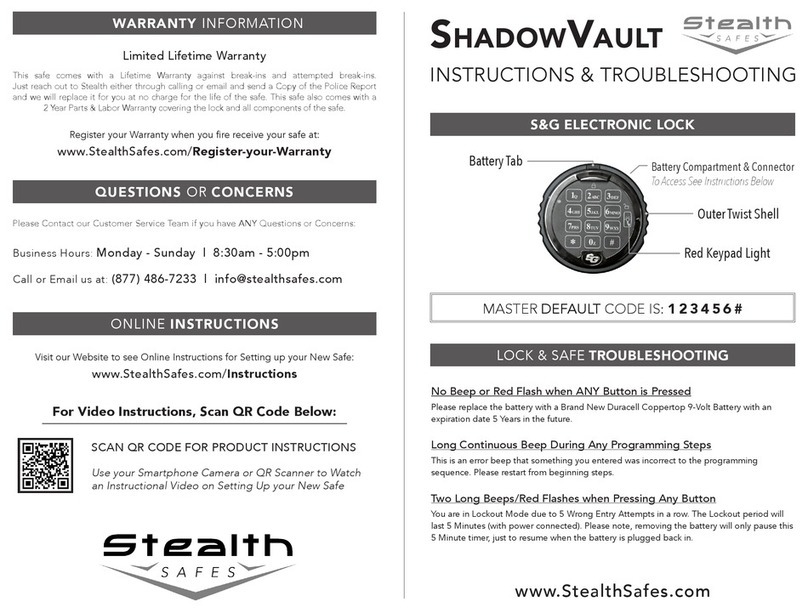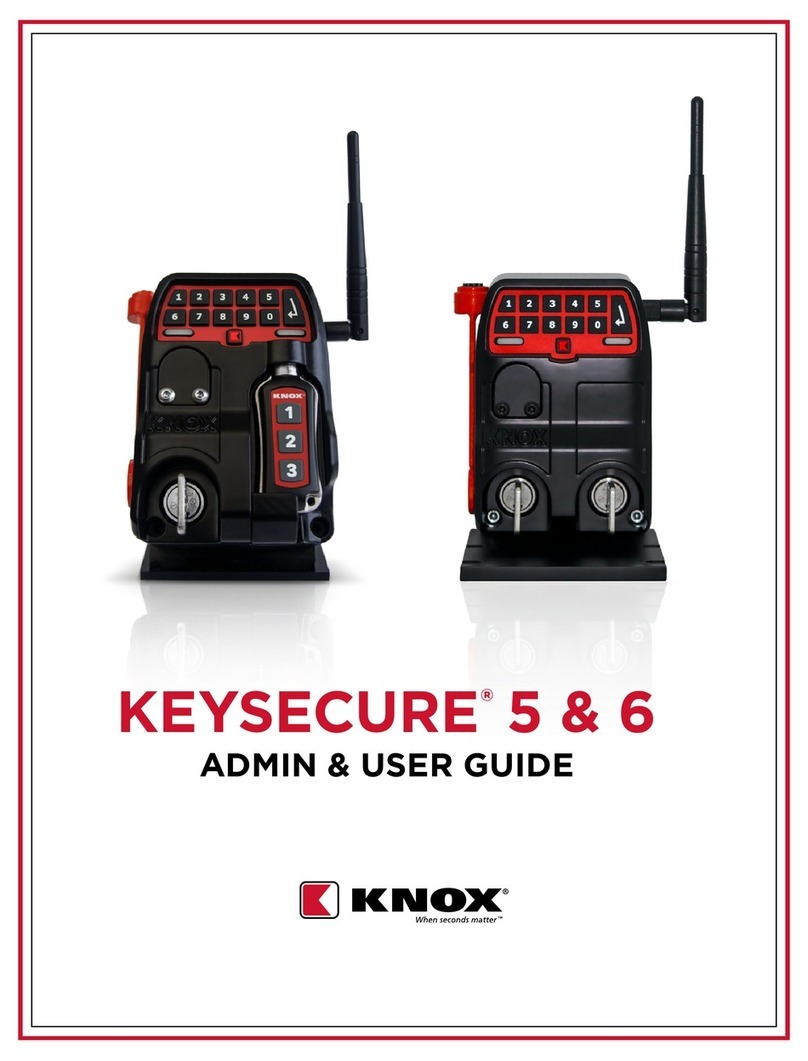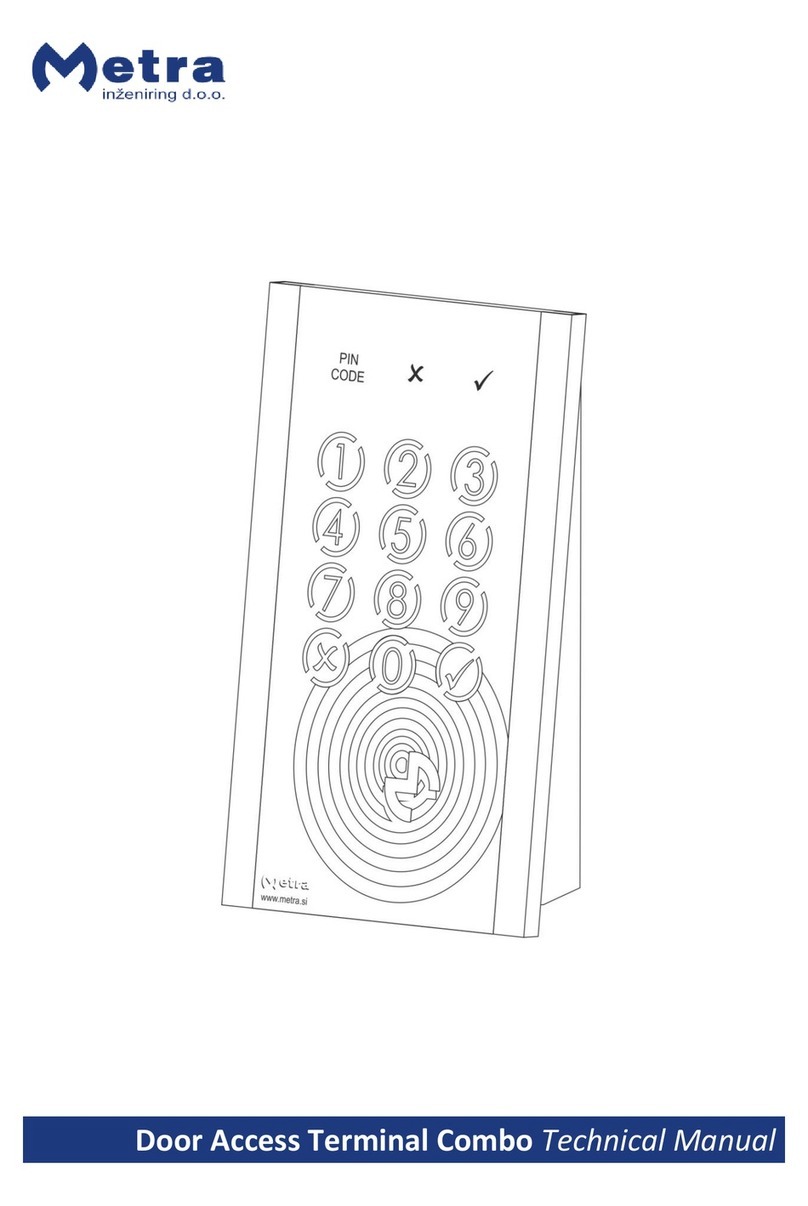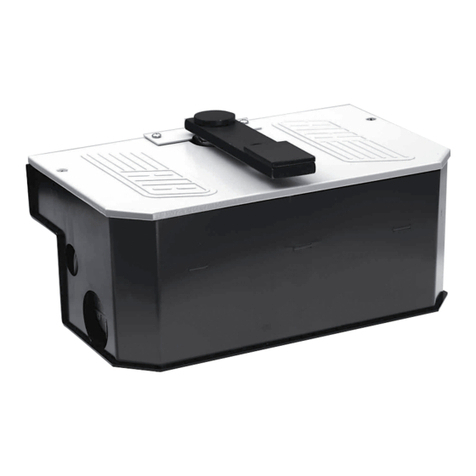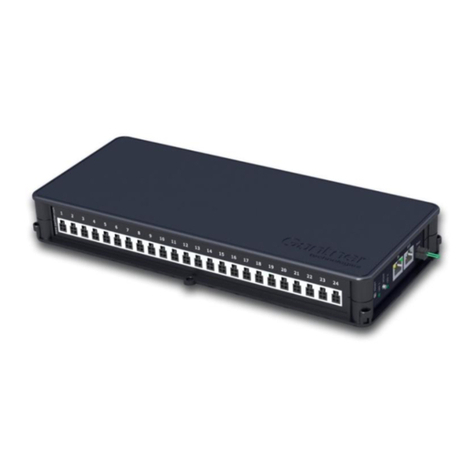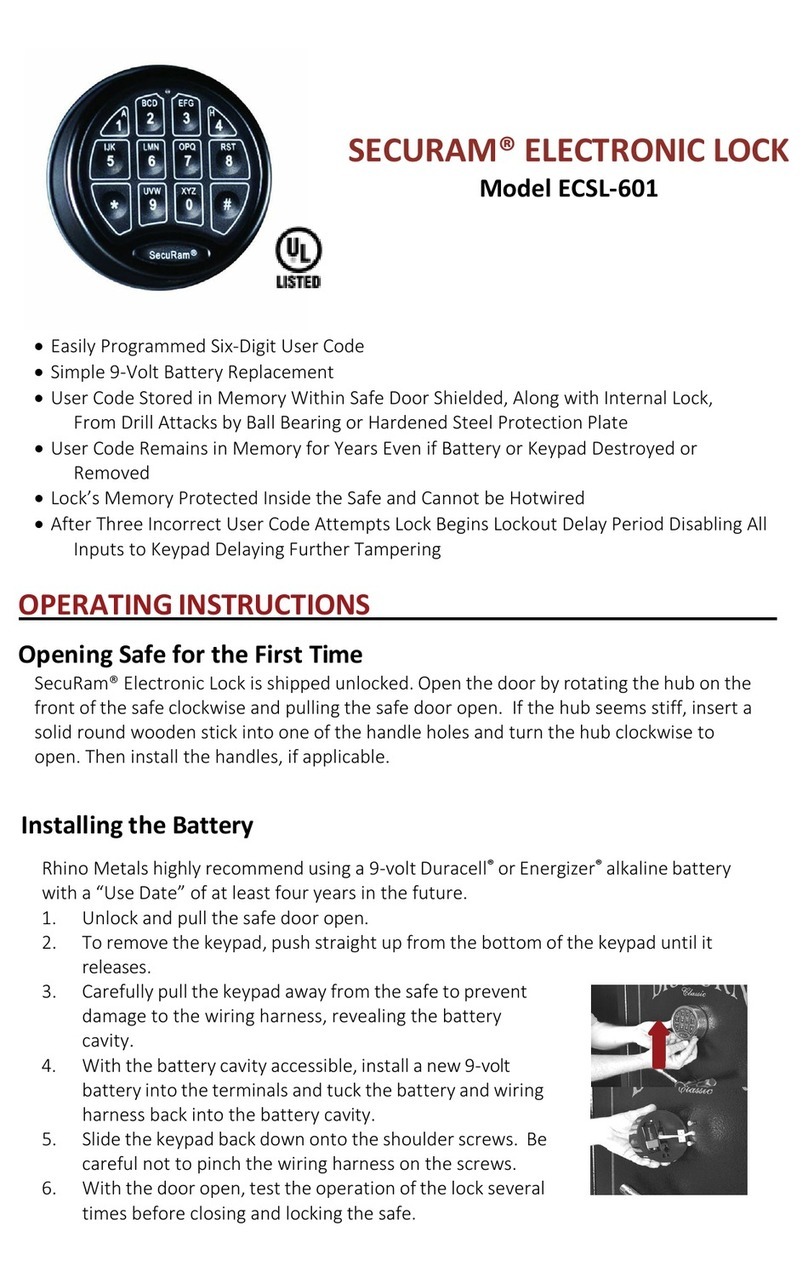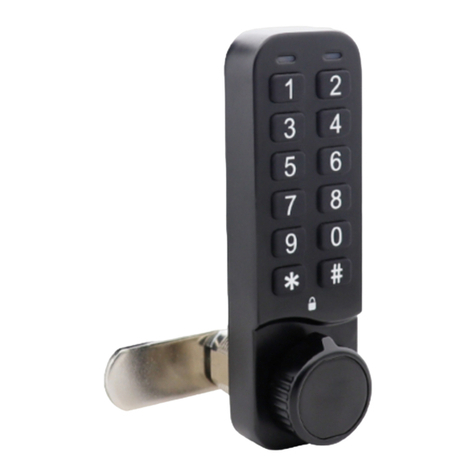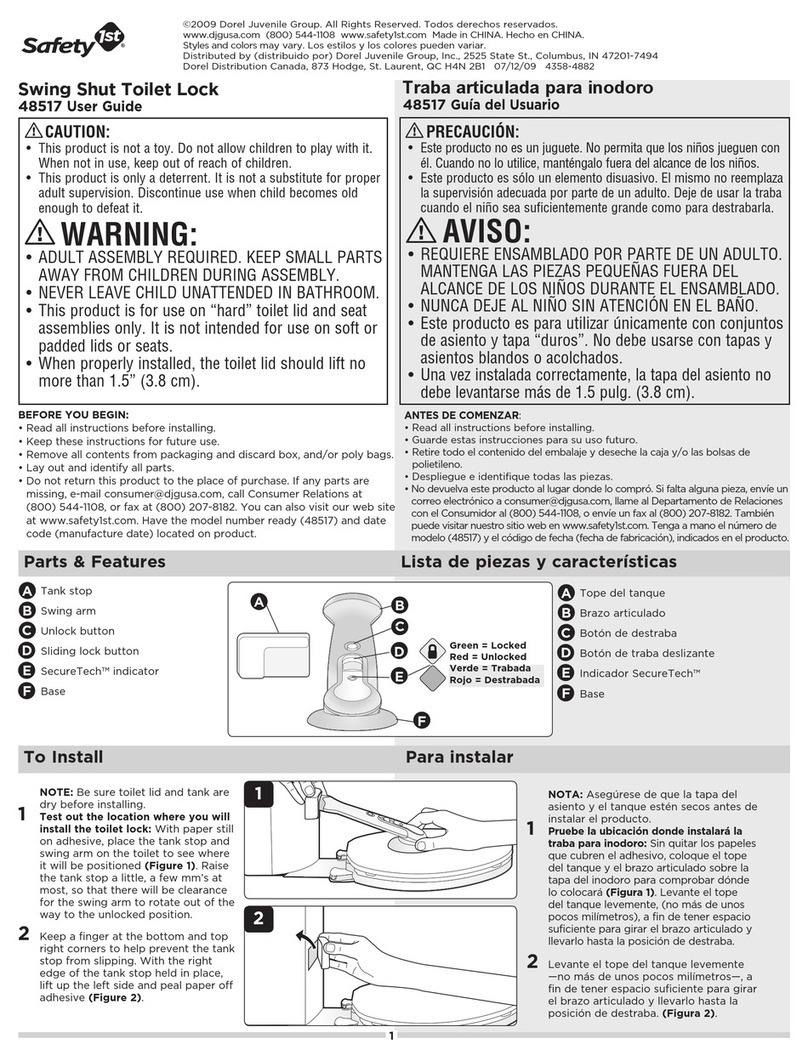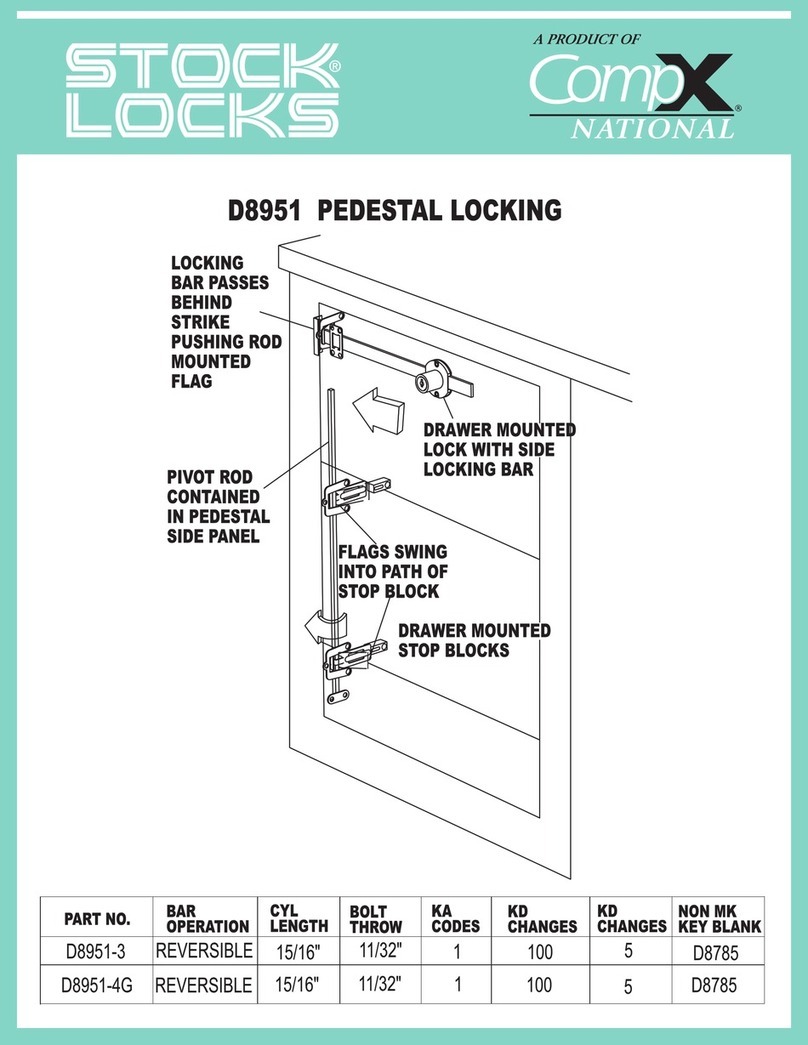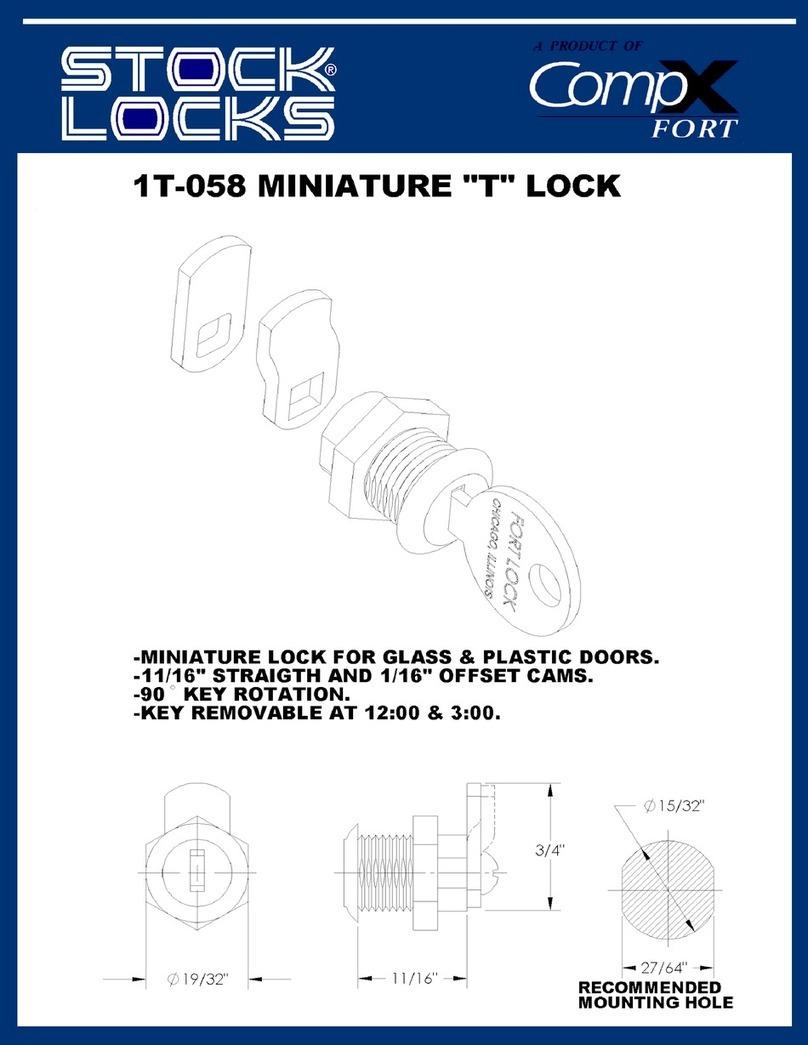
7
WARRANTY AND REPAIR INFORMATION
1 YEAR LIMITED WARRANTY
Limited Warranty Coverage
If your USAutomatic Electric Gate Lock, also referred to as the “Product”, does not work
properly due to a defect in materials or workmanship, USAutomatic will, for the length of 1
year, which begins on the date of the original purchase, at its option either (a) repair your
Product with new or refurbished parts, or (b) replace it with a new or refurbished Product.
The repair or replacement of the Product will be made free of charge including parts, shop
labor, and return to customer shipping and handling.
In all cases, the decision to repair or replace will be made by USAutomatic. Included shop
labor does not apply to removal or installation of the Product on purchaser’s home or
premises. Product must be shipped, at purchaser’s expense, to USAutomatic during the
applicable Warranty period. The Warranty excludes both parts and labor for cosmetic parts
such as product housing and paint nishes. The Limited Warranty only applies to Products
purchased in the United States and is extended only to the original purchaser of a new
product that was not sold “as is” or as surplus.
Limited Warranty Service
For assistance in the continental U.S.A. in obtaining the benet of the Limited Warranty
please carefully follow these steps:
1. Contact USAutomatic customer service 1-888-204-0174. Please have the model number
of the Product available to give to the customer service representative. The customer
service representative will provide further assistance or authorize repair or replacement, as
appropriate.
2. If repair or replacement is appropriate, you will be given a return authorization number
(RMA#). This RMA# must be visible on all documents and packages returned to US
Automatic.
3. Carefully pack the defective Product or Product part in a sturdy shipping carton, include (1) a
letter detailing the problem, (2) a daytime phone number where you can be reached, (3) your
name and address for any return, (4) your sales receipt/proof of purchase, and (5) the RMA#
on all correspondence and the shipping carton.
4. Prepay the freight and insure the defective Product or Product parts against shipping
damage. Note that defective Products or Products parts shipped freight collect will not be
accepted.
5. Ship the carton to USAutomatic,LTD,118 Hillside Drive, Lewisville, Texas 75057, or where
directed by the customer service representative.

